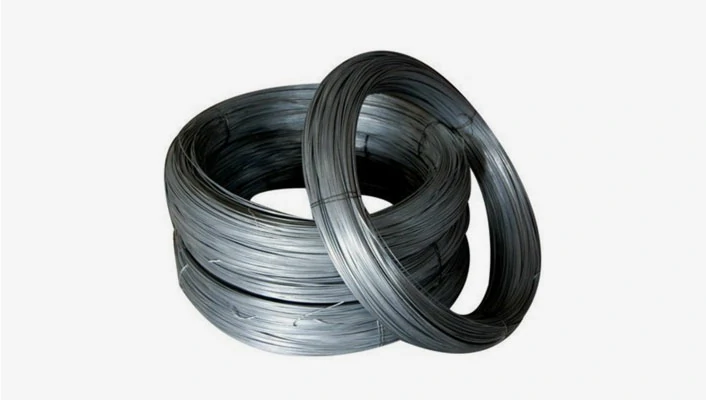wood siding nails
Understanding Wood Siding Nails A Comprehensive Guide
When it comes to home construction and renovation, the details matter, including the materials used for siding installation. Among these particulars, wood siding nails play a critical role in ensuring durability, aesthetics, and functionality. Choosing the right nails for wood siding is essential for the long-term performance of the siding itself. This article delves into the different types of nails suitable for wood siding, their features, and tips for installation.
Types of Wood Siding Nails
1. Finishing Nails These nails are often used for lighter wood siding products, such as clapboards or boards with thinner profiles. Finishing nails typically have a smaller head, which allows them to be driven below the surface of the wood without causing visible blemishes. This results in a sleek, clean appearance when the siding is painted or stained.
2. Common Nails Common nails are a versatile option that is often used for decking and other heavier applications. They have thicker shafts and larger heads, providing excellent holding power. However, they can leave a noticeable mark, so care must be taken to choose the right application—generally not recommended for visible portions of siding.
3. Siding Nails Specifically designed for siding applications, these nails offer the right balance of length and width, ensuring they can penetrate the material without splitting the wood. Siding nails typically feature a broad head for a secure hold, making them ideal for thicker siding materials.
4. Roofing Nails While roofing nails are primarily used for shingles, they can also be effective for securing wood siding, especially if the siding is thicker and requires greater holding power. However, it's important to ensure that roofing nails are properly coated or are of the galvanized variety to prevent rust.
5. Stainless Steel Nails For coastal areas or regions with high humidity, stainless steel nails are highly recommended due to their resistance to corrosion and rust. While they are more expensive, their longevity can outweigh the initial investment, as they protect the siding from deterioration over time.
Nail Length and Size
wood siding nails

Selecting the appropriate nail length is crucial for the performance of wood siding. Generally, nails should penetrate at least 1.5 inches into the framing behind the siding. For thicker siding materials, longer nails may be required to ensure a secure hold. The diameter of the nail should also be considered; thicker nails provide better holding power, but they also increase the risk of splitting the wood.
Installation Tips
1. Avoid Overdriving It’s essential to drive nails just below the surface of the siding without piercing through it. Overdriving can lead to the siding becoming loose and can compromise the weather-tight seal.
2. Spacing Follow manufacturer recommendations for nail spacing, typically 16 to 24 inches apart, depending on the type of siding and environmental factors. Proper spacing ensures a secure installation while allowing for wood expansion and contraction.
3. Use the Right Tools Using a pneumatic nail gun can expedite the siding installation process, but it’s crucial to set the depth correctly to avoid overdriving. Manual hammering may provide more control, particularly for detailed work.
4. Consider Coatings Select nails with coatings that enhance performance, such as galvanized or polymer-coated nails. These coatings help prevent rust and corrosion, extending the life of the siding.
5. Inspect Regularly After the installation, it's beneficial to periodically inspect the siding for any signs of damage or loose nails. Early detection of issues can prevent more significant problems down the line.
Conclusion
The choice of nails for wood siding may seem like a small detail, but it plays a significant role in the overall installation process and the longevity of the siding. By understanding the different types of nails, their specifications, and best practices for installation, homeowners and builders can ensure a durable, beautiful, and resilient exterior for their homes. Proper nail selection not only enhances the appearance of wood siding but also contributes to its functional integrity, safeguarding your investment for years to come.
-
Space-Saving Chain Fence Hacks Vertical Gardening with Cyclone MeshNewsJul.16,2025
-
Innovations in Iron Nail Wire Production for Modern ConstructionNewsJul.16,2025
-
Creative Uses of Wire Netting Fence in Modern Landscape DesignNewsJul.16,2025
-
Barbed Wire Fence Innovations in Anti-Climb TechnologyNewsJul.16,2025
-
Architectural Uses of Umbrella Nails for Aesthetic Roof DesignsNewsJul.16,2025
-
Architectural Uses of Razor Barbed Wire in Secure Urban DesignNewsJul.16,2025




